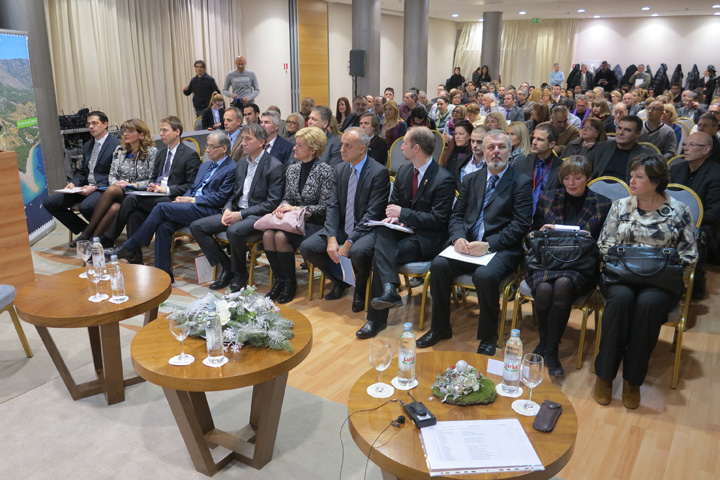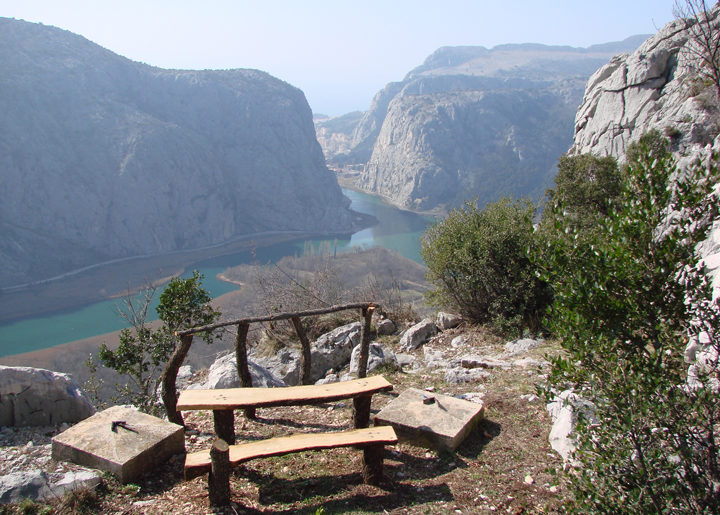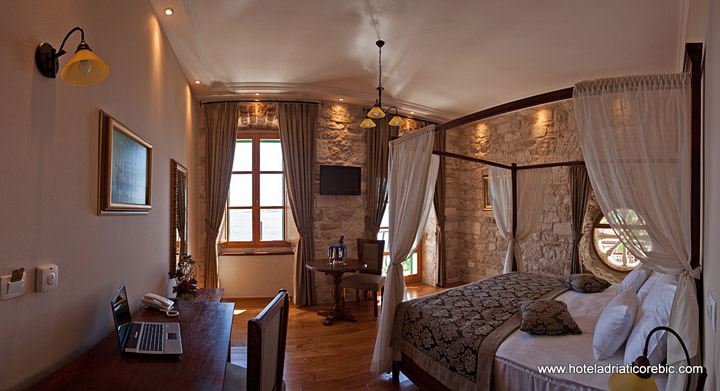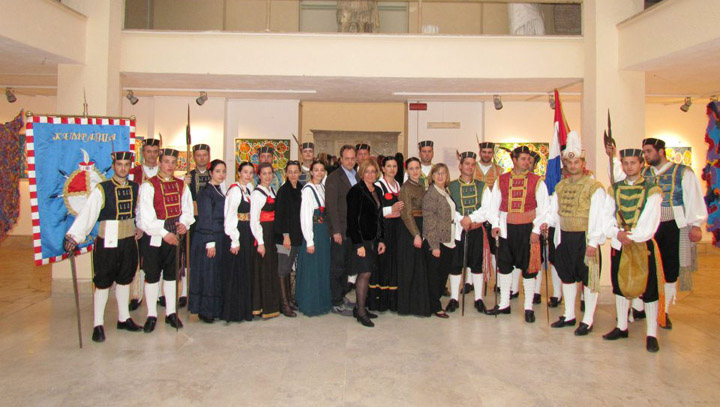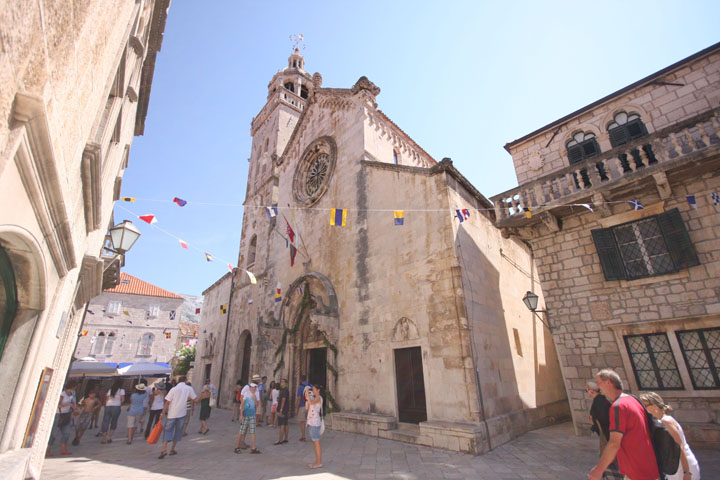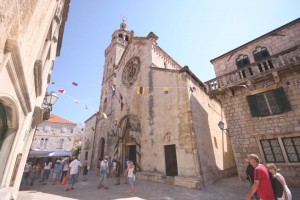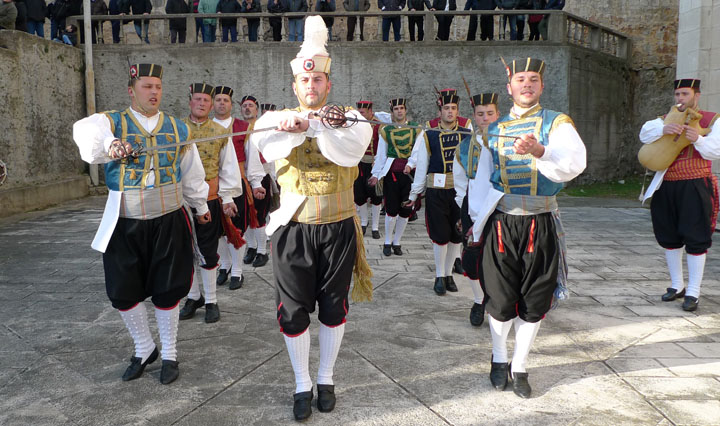Dubrovnik, Stradun 17th October
Eco-ethno manifestation ”Following the Heritage and Customs of Dubrovačko-Neretvanska County” was held on 17th October 2012, on the eve of Tourism Day on Stradun, in Dubrovnik. Manifestation was opened by the deputy of Minister of Tourism Mr Oleg Valjalo, while the importance of these manifestations was stressed by Mr Milan Perić, Dubrovnik tourism director and Mr Maro Kristić, Dubrovačko-Neretvanska County tourism director. Visitors enjoyed the performances of folklore and artist organizations as well as the tasting of autochthonous delicacies of Dubrovačko-Neretvanska County organized by DEŠA organization. During the day an exhibition ”Precious hands of Dubrovačko-Neretvanska County” was organized, a project of Croatian Economy Chamber organized by Dubrovnik Entrepreneur Centre. Performers were: folk assembly Linđo from Dubrovnik, folk association Kumpanija from Vela Luka, Staglin klapa from Slano, KUD St Juraj Osojnik from Osojnik, young violinists from Vela Luka and KUD Ponikovska poskočica. Audience also enjoyed in two fashion shows. First show presented folk costumes of Dubrovačko-Neretvanska County. The models were famous Dubrovnik journalists: Ines Vlašić, Lucija Komaić, Lorita Vierda, Marijana Puhjera, Sandra Lacković, Ivana Brailo and Azra Hadžić. The second show presented old -fashioned underwear and ethno jewellery by Vinka Mitrović.
This interesting manifestation aroused great attention of domestic and foreign visitors who, for a memory of Dubrovnik, photographed this event. The event was organized by Dalmatia Event Association & Dalmatian Hot Spots Magazine.
[nivo directionNav=”button” controlNav=”true” width=”720px” height=”360px”]
[image]http://hotspots.net.hr/wp-content/uploads/2013/01/plakat_priprema-2.jpg[/image]
[image]http://hotspots.net.hr/wp-content/uploads/2013/01/turizam17.jpg[/image]
[image]http://hotspots.net.hr/wp-content/uploads/2013/01/turizam45.jpg[/image]
[/nivo]
[nivo effect=”fade” directionNav=”button” controlNav=”true” width=”720px” height=”360px”]
[image]http://hotspots.net.hr/wp-content/uploads/2013/01/plakat_priprema-2.jpg[/image]
[image]http://hotspots.net.hr/wp-content/uploads/2013/01/turizam17.jpg[/image]
[image]http://hotspots.net.hr/wp-content/uploads/2013/01/turizam45.jpg[/image]
[/nivo]



